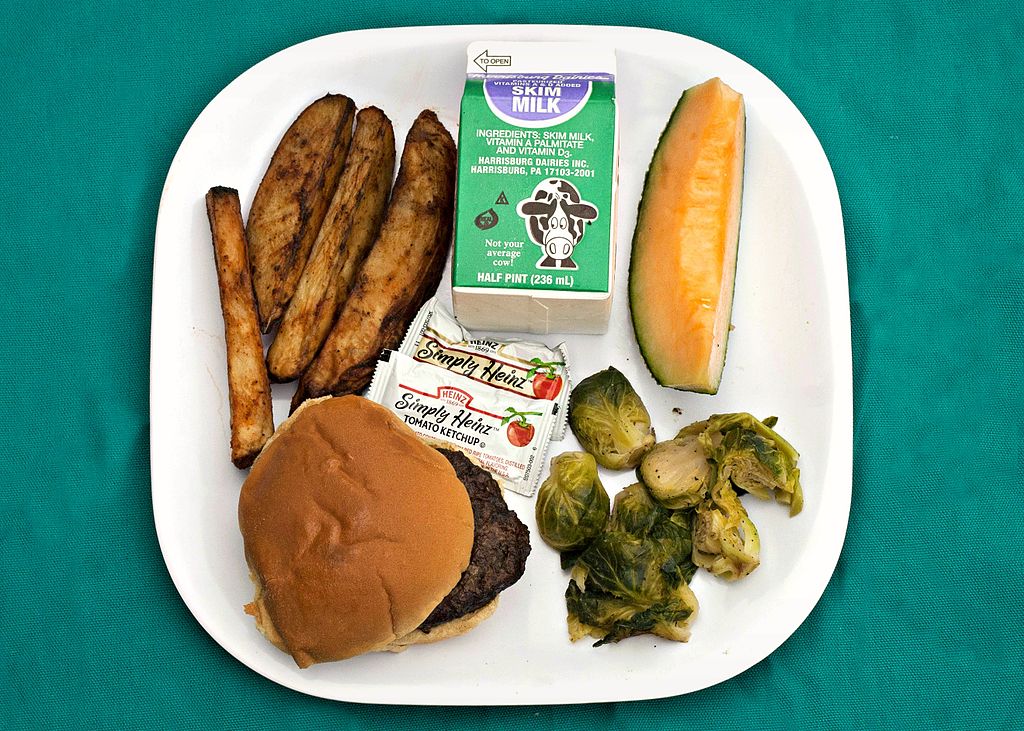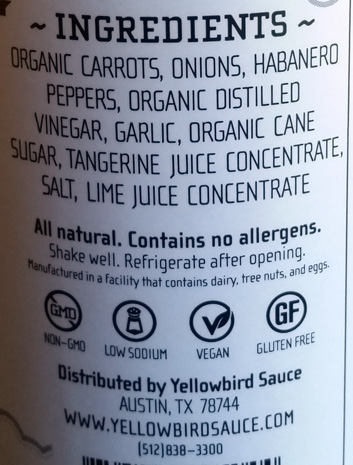Food Allergies: Meal Prep Should Not Be A Struggle
Published on October 10, 2016, at 12:23 p.m.
By Mary Catherine Molay
Preparing meals for an individual with a food allergy can be a challenge; however, the fear of an allergic reaction should not hinder anyone from eating foods that can provide the same type of satisfaction.
My previous article in this series, “Food Allergies: Are They as Serious as We Think?,” explored how schools can run into nut-related issues, with some school systems opting for a nut-free environment to avoid allergic reactions. When it comes to providing meals for your child, however, it is becoming easier to serve nutritious and delicious foods without worry.

Holley Grainger, M.S., RD, is a registered dietician, mother of two, and a lifestyle and culinary nutrition expert, said, “Just because a school may be tree-nut or peanut-free doesn’t mean [that] your child should feel deprived.”
There are ways to ensure that your child can get the most out of his meals each day. One way of doing that is taking a little extra time at the grocery store. By reading the back of labels, you can see if the product contains nuts or is processed in the same area as nuts.
Brooke Grainger, whose two-year-old Sam has a peanut allergy, takes the extra time in the grocery store to read the labels.

“For peanuts, I feel [manufacturers] do a good job at telling us, but you always have to read the ingredients,” Brooke said. “You will think that a vegetable can would not have any peanuts in it, and if you read the back, the ingredients are fine. [But] right below [the ingredients label], it says that it has been manufactured in a facility that also has peanuts.”
PR practitioners run into the challenge of ensuring the product that is being promoted meets the guidelines of what their consumer base is looking for. The Food and Drug Administration (FDA) wrote, “FALCPA requires the type of tree nut (e.g., almonds, pecans, walnuts); the type of fish (e.g., bass, flounder, cod); and the type of Crustacean shellfish (e.g., crab, lobster, shrimp) to be declared.”
One thing to note is that the FDA does not mandate that the warning be labeled in an easier way for consumers to see. Thus, companies should make the allergen known in an easier way to meet the consumer’s eye.
“Certainly companies whose foods are naturally nut-free that may not process on shared equipment may be doing more from the standpoint of putting that information out there,” Holley said. “[This is helpful] for a parent that might be grocery shopping and looking down the aisles deciding what they want to purchase.”
Brooke notices that the food may also be cross-contaminated when she is at the grocery store herself. For example, she noted that “the only cookie that does not have any type of peanut warning are Oreos and that’s it.”
For parents who are the ones searching the aisles and reading the labels, you are not alone. If you read the label and notice that it contains what your child is allergic to, Holley had some suggestions.

“There are dozens of resources that go beyond peanuts and peanut butter. I feed my daughters Ellie, 5, and Frances, 2, sunflower seed butter as an alternative,” Holley said. “Thinking about fresh foods such as apples, carrots, hummus, guacamole, various fruits and popcorn [are other options]. You can definitely do marshmallows or milk chocolate.”
Now, Holley does realize that some of these alternatives can be a little pricey, but for that, she has another suggestion. “If you take a few extra steps and just make it yourself [you can save money],” Holley said. “Buying foods in bulk and portioning it out into smaller snack bags or making something yourself versus buying it already made or prepackaged helps to save money tremendously.”
As stated above there are so many ways to get around the food allergy. Individuals have other alternatives available to feed their cravings. In fact, companies are making it easier than ever for anyone to read a product and know if it’s safe or not. As PR practitioners, we should do more to help parents spend less time in the story and more time with their families.
“It’s very reassuring to [know that people are making the effort to make peanut allergies known],” Brooke said. “No one on my side or my husband’s side [of the family] has ever had a food allergy. This is new to all of us. You learn as you go.”
So parents, the next time you reach for your child’s favorite food and notice that it could be unsafe, remember that there are other alternatives.




